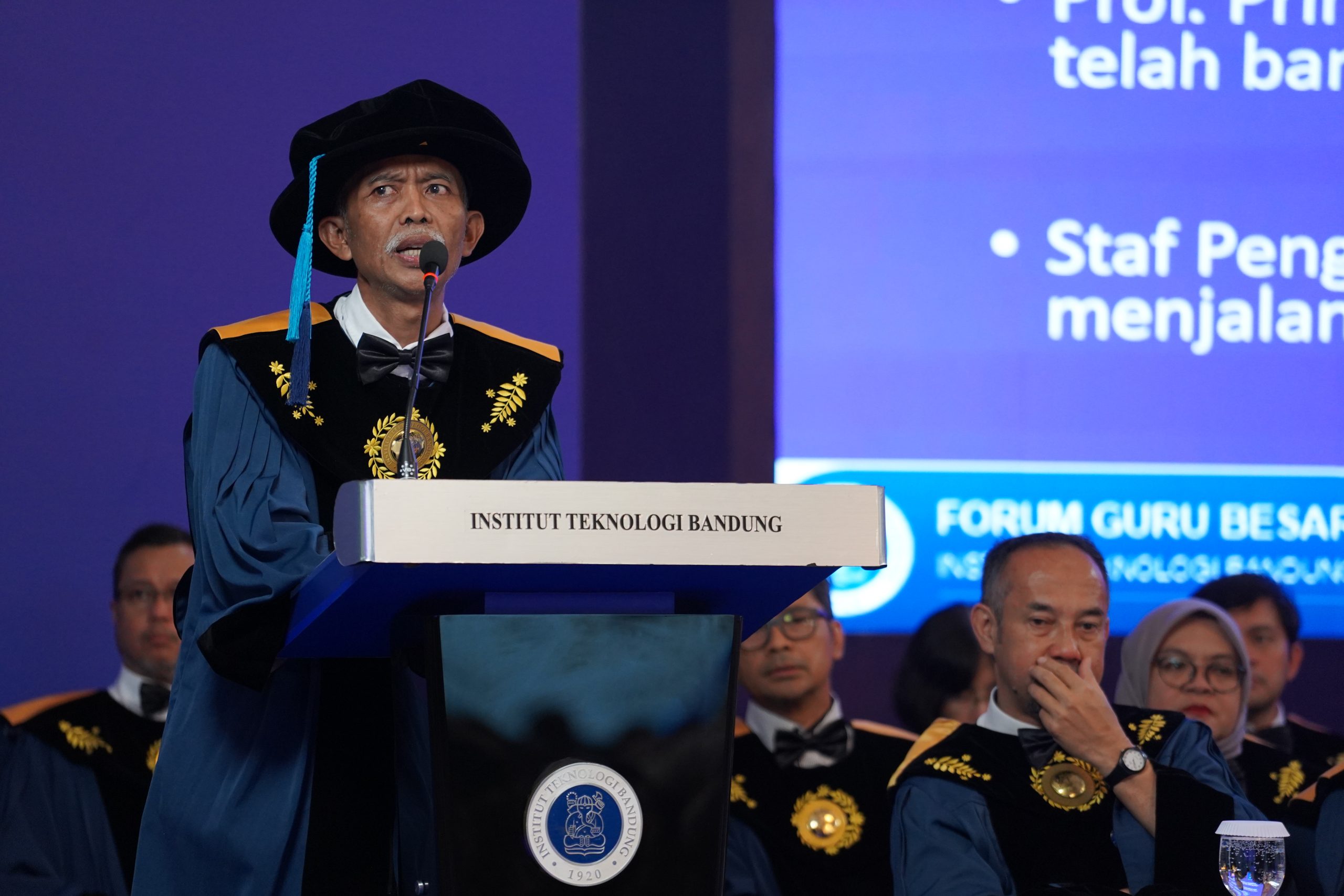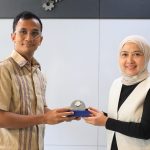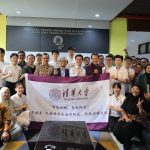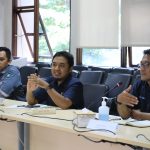Prof. Made Astina in ITB Scientific Oration: The Art and Challenges of Thermodynamic Equation of State
Bandung – On December 11, 2024, Prof. I Made Astina delivered a scientific oration titled “The Art and Challenges of Thermodynamic Equation of State for Advancing Thermofluid Engineering Competition” at ITB’s Aula Barat. During the event, Prof. Made discussed the essence, development, and challenges of the thermodynamic equation of state, a fundamental element in various thermofluid engineering applications.
In his oration, Prof. Made began by explaining the concept of the thermodynamic equation of state, a mathematical relationship that connects state parameters—such as pressure, volume, and temperature—to describe the properties of matter under certain physical conditions. A simple example is the Ideal Gas Equation, which serves as the foundation for developing other models.
Prof. Made highlighted the artistry in how scientists observe and understand fluid properties. Since the 17th century, scientists have been developing increasingly complex mathematical models that closely represent the real nature of fluids. Today, there are more than 2,000 equations of state covering various fluid conditions, from gases and liquids to supercritical phases.
The development of these equations involves a combination of artistic thinking and high precision in:
- Applied Mathematics: Formulating equations ranging from cubic and non-cubic aspects to empirical equations such as the Helmholtz and Gibbs equations.
- Molecular Concept Integration: Incorporating intermolecular theories to produce equations like Van der Waals, Redlich-Kwong, and free-energy-based models such as IAPWS-95.
- Data Modeling: Using statistical regression to align equations with experimental data.
Prof. Made also explained that the development of equations of state faces both internal and external challenges, such as the scientific and engineering demands for supporting the design of power generation systems, chemical processes, and cooling systems. Furthermore, safety and environmental issues, including the impact of ozone layer depletion and climate change since 1974, have driven the development of more eco-friendly fluids. The complexity of thermodynamic data remains a challenge, as it is often uneven and requires precise mathematical models to bridge the gap between experimental results and theory.
Modern equations of state, such as IAPWS-95 used in thermal power plant designs, have become international standards. These equations enable accurate calculations of thermodynamic properties like pressure, temperature, density, and speed of sound.
In his conclusion, Prof. Made emphasized that thermodynamic equations of state not only represent complex science but also embody an art that blends creativity, dedication, and a deep understanding of material properties. With continuous development, these equations will remain a cornerstone in thermofluid engineering competition and various other engineering applications.







